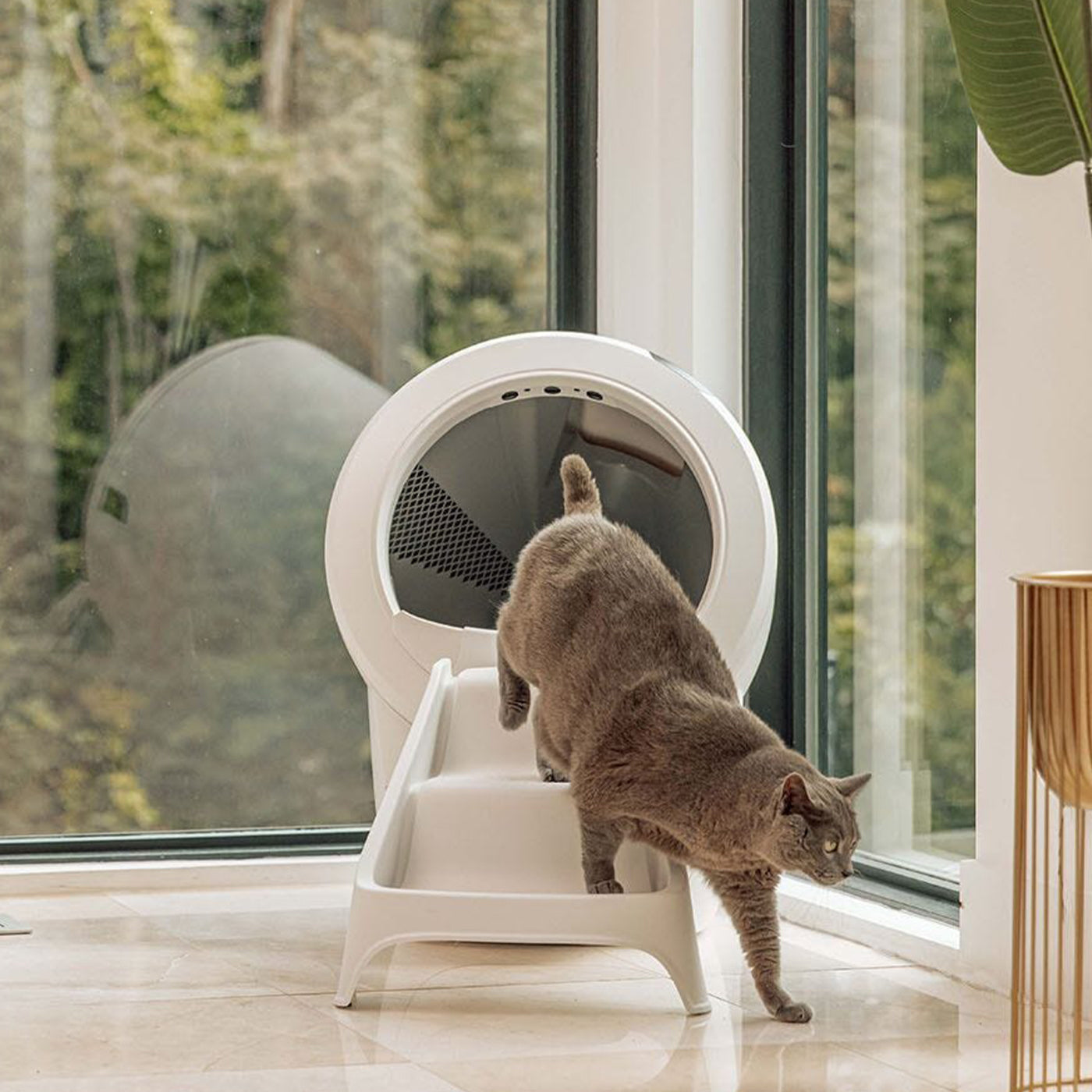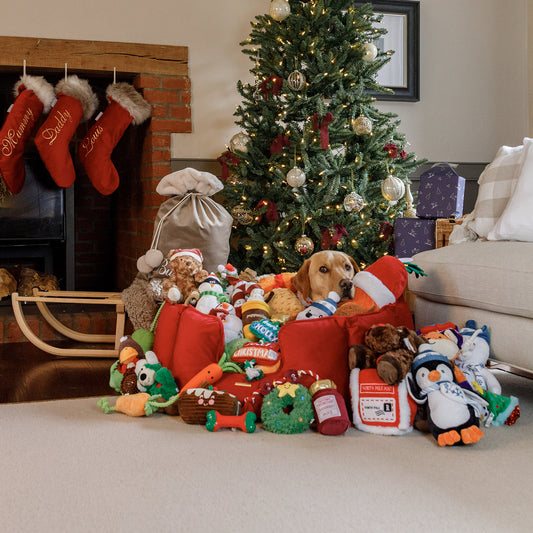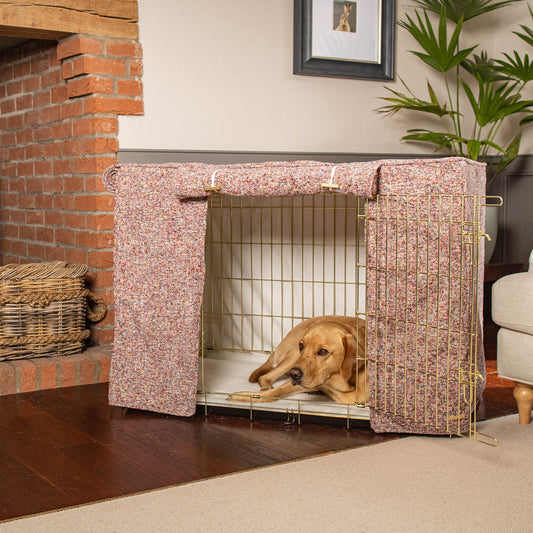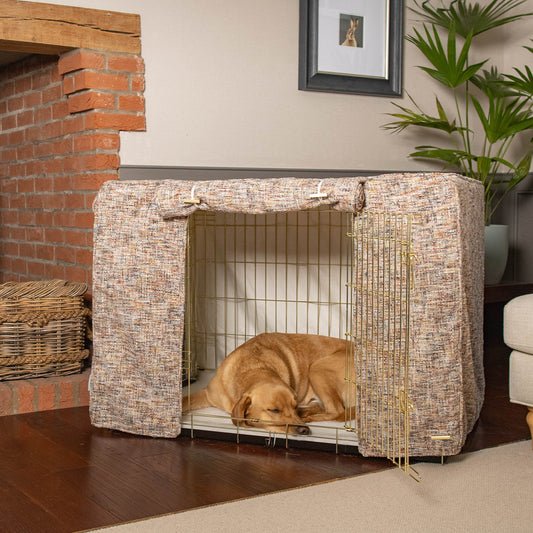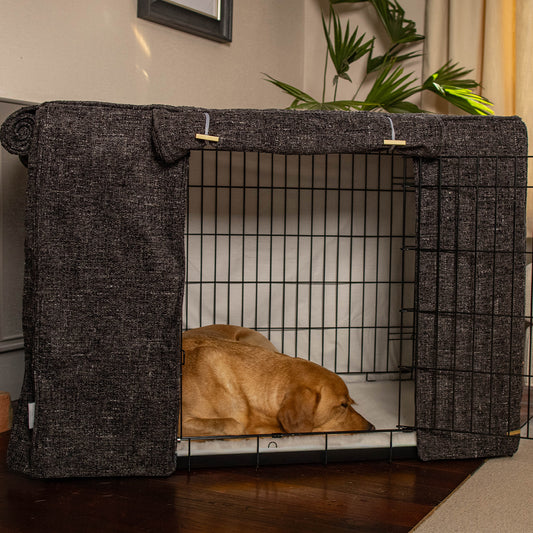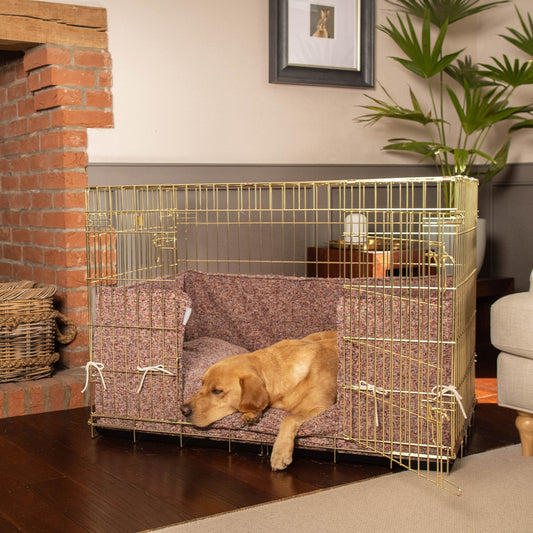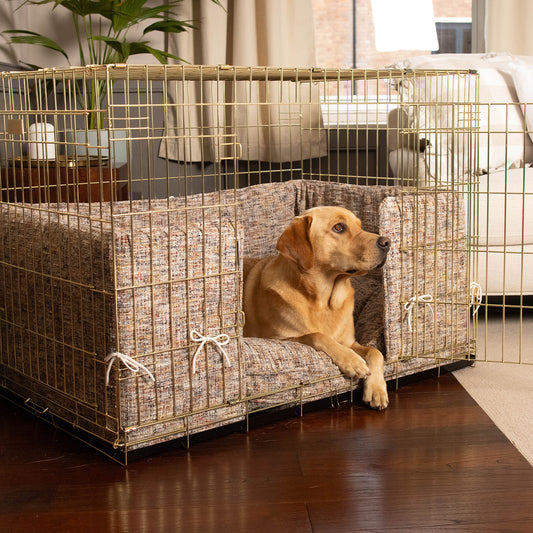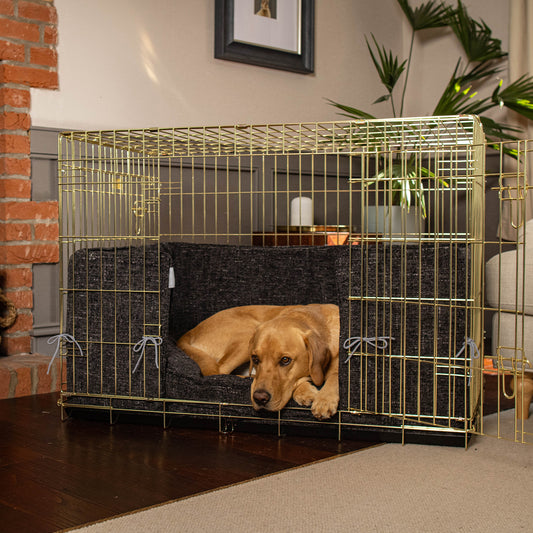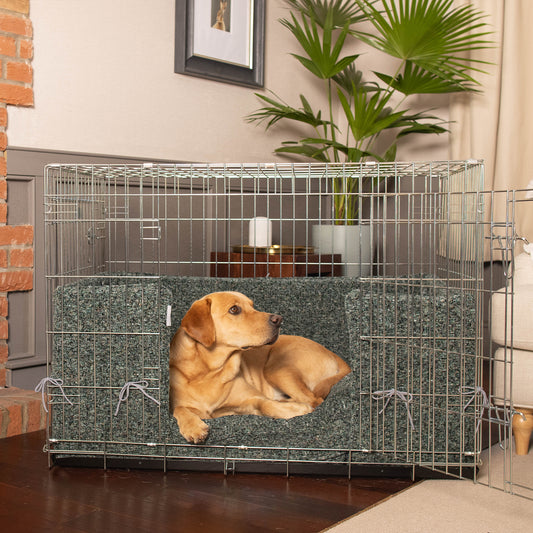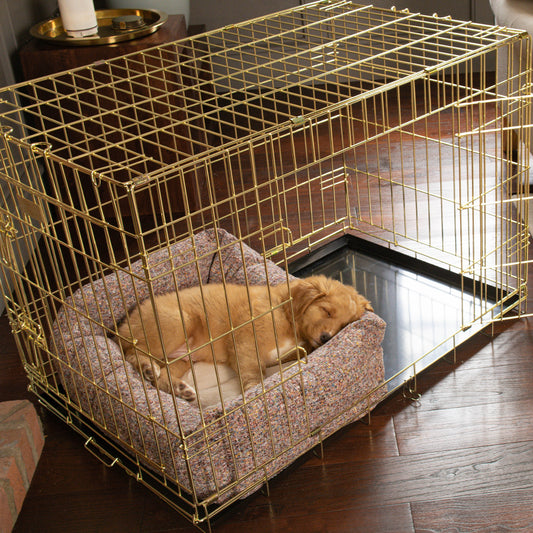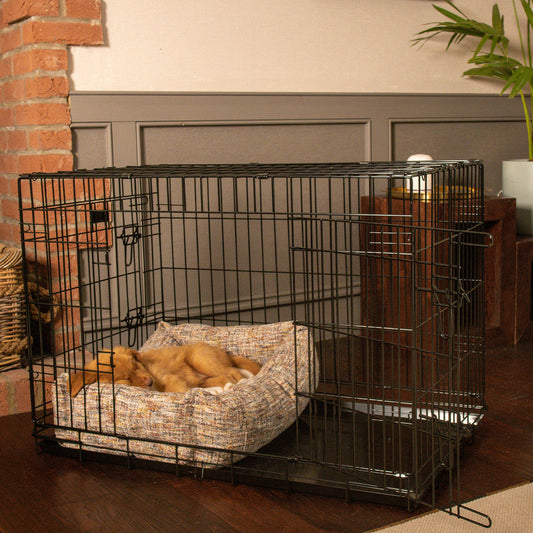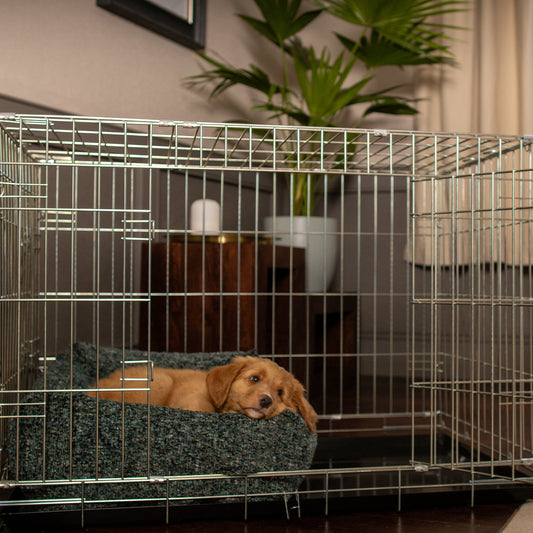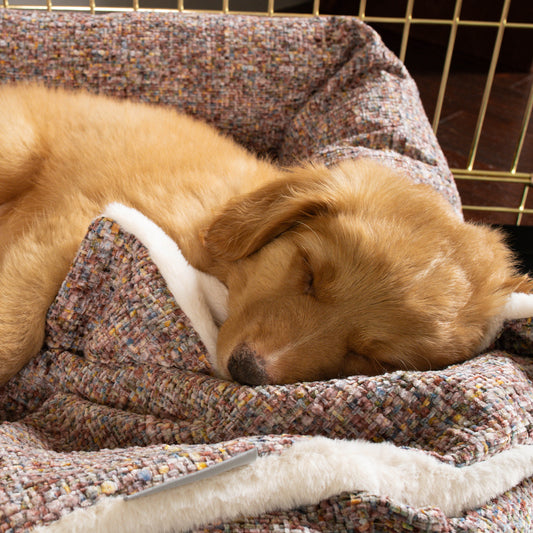Our dogs can show funny behaviours sometimes, especially when it comes to food and treats. Have you ever wondered why some dogs hide their treats? Or why dogs sometimes run off with or even bury their food? Well in this article we’re going to discuss these strange habits, so you can better understand what your dog might be doing!
Why Do Dogs Hide Their Treats?
It is common for many dogs to hide not just their treats, but also their toys too. Hiding treats and toys is a natural inbuilt instinct. Burying excess food was something their ancestors started a survival instinct to store food away for later and keep it out of reach of other animals.
We've looked at some of the main reasons below why your dog is burying things.
Top reasons your dog is hiding their treats and toys
- Survival Instinct
In the wild dogs and wolves live and hunt in packs. Those lower down in the pecking order often don't like to challenge the alpha for food so will guard the food that they do manage to get. It’s a survival skill that has been developed to ensure that they always have enough to eat. Whilst your dog may not need to hunt to feed themselves, or have competition from other animals around them, the instinct to bury things is still there. -
Overfeeding:
If your dog is hiding food it may be a sign that you’re over-feeding them. If your dog doesn’t want a treat that you have given them, they may hide it away for later, hoarding it like a squirrel hoards nuts for the Winter. You should be aware of how much you’re feeding your dog and be careful not to over-feed. Whilst some dogs will hide any excess treats, others may just eat them anyway which can lead to obesity. -
Anxiety:
Your dog may hide their treats is due to anxiety. Search data revealed that anxiety is the second most common canine mental health disorder in the UK. If you have a rescue dog who tends to hide their belongings it may be due to past experiences. It will be important to talk through these behaviours with your vet or trainer to help your dog feel at ease.

Why Do Dogs Run Away With Their Treats?
If your dog runs away with their treats this is often to stop them being eaten by another pet. If you live in a multi-pet household or you have children, you may find your pup runs off with their treats before they stop to eat them. They may feel like there’s competition for the food and therefore run off to ensure they get to eat the treat before it’s whipped away from under their nose!
They may even see you as the competition even though you are the one giving them the food. Dogs were once pack animals, and this instinct to be clingy with food stems from the natural instinct to protect whatever food they could get. Generally this behaviour is nothing to be concerned about. The only time you need to be concerned is if the behaviour is coupled with any kind of aggression such as growling or barking. In this case you may need to seek advice from a professional dog trainer to help train your dog and help prevent future problems.
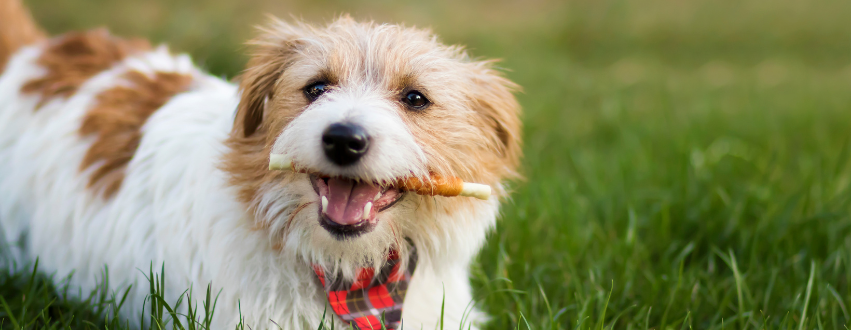
Why Does My Dog Bury Their Treats?
Your dog may not only take their food off to hide somewhere, but they may choose to bury it in the garden. The act of digging alone is actually really fun for many dogs, who will enjoy creating holes and scraping around outside for pleasure.
As we mentioned previously, it may also stem back to their natural instinct to hide food in the wild. Protecting the food they have from other animals around them, saving it for when they feel it is safer to eat.
It can sometimes be due to them feeling too stressed with the environment - they’ll bury the food for later until they feel safe to eat it. Digging can help to calm dogs down and burying the food will give them a chance to eat when they’re calm.

How Can I Stop My Dog From Hiding Food or Treats?
Whilst none of these things are necessarily bad behaviours, it might be annoying to find treats hidden in random places around the house. Similarly, you probably don't really want your dog to take food from their food bowl to eat elsewhere, due to the mess this may cause. Thankfully, there are some things you can do to deter your dog from continually taking their food and treats off.
First of all, ensure you're not overfeeding them and that they're not storing excess treats. If this isn't the case and your dog still runs off with food and treats then try to make the eating area as controlled as possible. This is best done from puppyhood, and entails keeping the kitchen or utility (wherever you serve their food), sealed with a gate or barrier.
Training in general is a great way to keep your dogs mind active which will help to stop bad habits from developing. Trick training and scent work for example, will keep your dog mentally and physically stimulated. Training will strengthen the bond between you and instil good manners in your pup.
























































